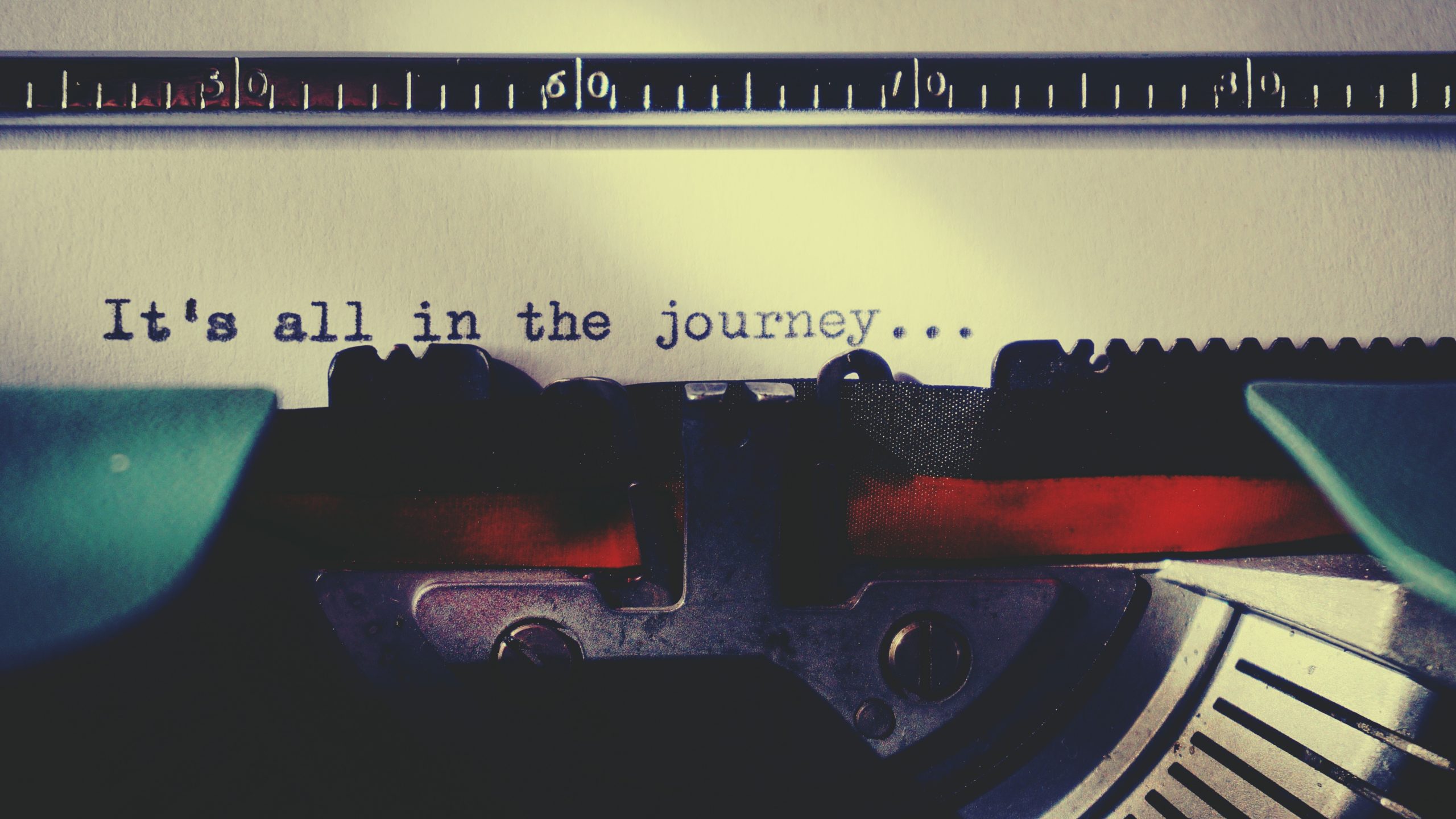Introduction
Choosing viewpoint characters can be a difficult task even for seasoned authors. For those who are just starting out or who have never delved far into viewpoints and point-of-view, it can be a landmine of problems to navigate: problems that can lead to deadly explosions within the piece they’re working on. Viewpoint makes or breaks the novel, so it’s extremely important to choose the right viewpoint. Let’s get right into it!
What is Viewpoint?
Think of viewpoint like a camera lens. That lens will follow around one character at a time, and only one character. It will shine a light onto their inner thoughts and onto their view of the world as well as what is happening in that world. But it can only do it for one person at a time, so it’s limited in its scope.
Choosing what that lens shows the reader and who that lens shows them is one of the most important decisions for each scene. If your camera focuses in on someone who’s missing all the action or who doesn’t see the parts of it that move the story forward, the scene becomes lifeless and can’t carry its own weight across the page. So, now that we know what viewpoint is, let’s take a look at some factors that can help you choose which character should be the viewpoint character in the scene.
A Word About Omniscient
Before we get into all of the details, let’s take a look at viewpoint in omniscient POV. In omniscient, as we discussed in the article on point-of-views, you can’t delve into the internal thoughts of any of the characters. Instead, the reader will experience the emotions, thoughts, and behaviors of characters through the lens of an all-knowing, all-seeing narrator. This narrator, then, becomes the frame through which we will see the big picture. He or she will guide us through the world, showing us what we need to see and telling us about important things in clever or intriguing ways.
Because of this, your viewpoint in omniscient will remain the narrator’s throughout the entirety of the novel. While you may show your reader what various characters think or do, they will not be the viewpoint characters because the narrator is telling us that’s what they thought or did.
Who is Central to the Scene?
This is the first in a series of questions to ask yourself about the scene you are writing. Who or what is central to the scene? The answer may be that several characters or animate objects/sentient lifeforms are central to the scene. If so, that’s fine. This question alone doesn’t necessarily contain the answer to your ultimate question, but it is the first layer in the onion that is your question.
So how does answering this question help? Well, your viewpoint character should always be important to the scene. The character should never be just a side character that’s observing for the heck of it. They should be integral parts of the scene in some way or another, though those ways may vary.
What Does the Character Reveal in the Scene?
The second question to ponder regarding the characters you listed above is this: what do these characters tell you that you don’t already know? If the scene were in their point-of-view, would it move the story forward? Would we gain as much from it as we would if it were told in someone else’s perspective? If so, then that character is likely not the best fit for your viewpoint.
A scene should always tell us something new or move the plot forward in some way. Preferably, it should do both. If a character can’t help you toward that goal as the viewpoint character, they have no place in that role. They’ll only bog down your story, so strike them from your list.
How Does This Connect to the Bigger Picture?
The final question you ought to consider is how this will factor into the bigger picture. Will your viewpoint character’s revealed information or forward motion weave into the story seamlessly to provide the reader with hints and nudges toward the ending? Does that character work alongside the other viewpoint characters to draw us deeper into the story until we finally come up for air at the end? If not, then this character too would make a poor fit, even if he or she made it through all of the other stages.
Results
At this point, you should have several very good candidates. Chances are you may only have one character who made it through all of the stages. If so, that’s the character you should use, assuming you were honest with yourself in previous sections.
But if you still have a few characters left to pick from, go with the one you feel fits the scene best. Choose a character you find easy to write or one that, in your gut, you know fits in with the people and the mechanisms involved in the scene in question to move the plot and the characters forward.
Conclusion
This may seem like a lot of work, but in reality, it often takes me only a minute or two to decide who should be my viewpoint character in a scene once I have the character established and know the story. Knowing the process and what questions to keep in mind when answering will speed up the process, even if at first it takes a little while to think through everything.
The main takeaway, besides the questions, is that this is entirely possible and can be achieved by even beginning writers. It takes some thought and some preparation ahead of time, prior to writing, but it isn’t impossible. You might never have thought about viewpoint before now, but that’s the good news for you. You can learn it and get to a point where you choose the viewpoint character correctly the majority of the time.
Have a question or another tip on how to choose your viewpoint character? Feel free to leave it in the comments.



